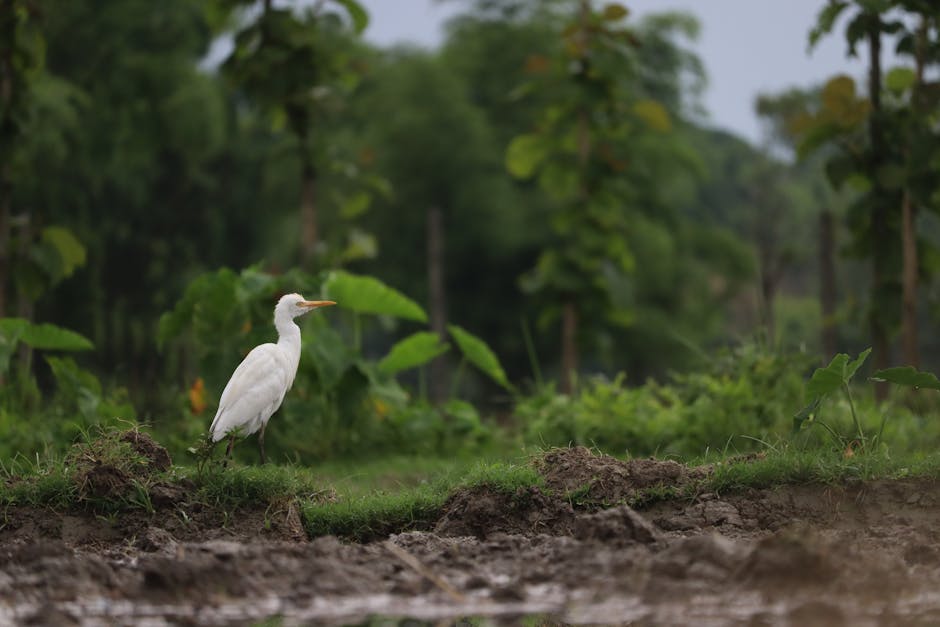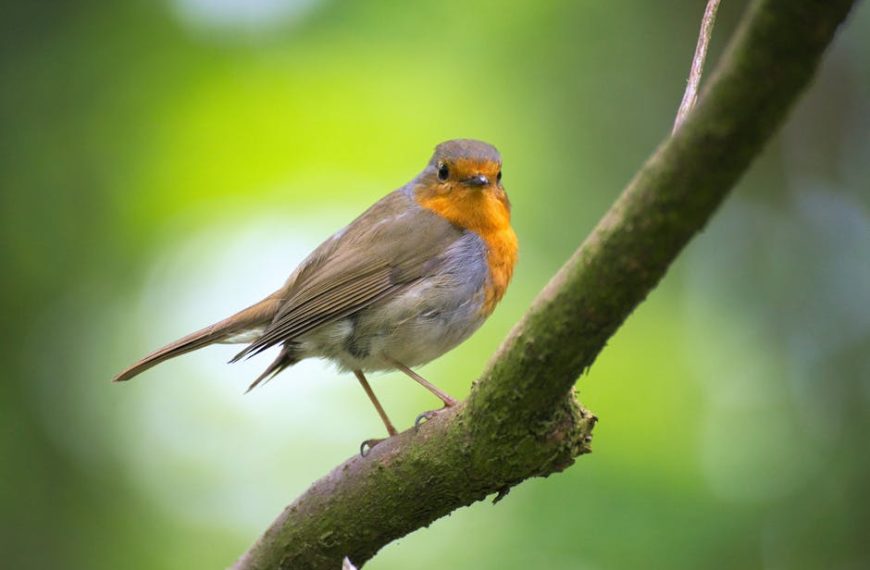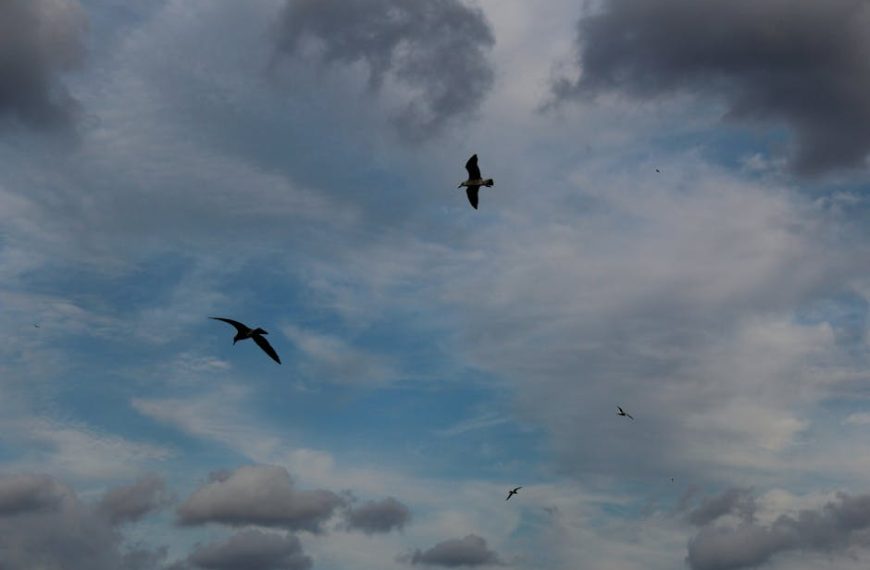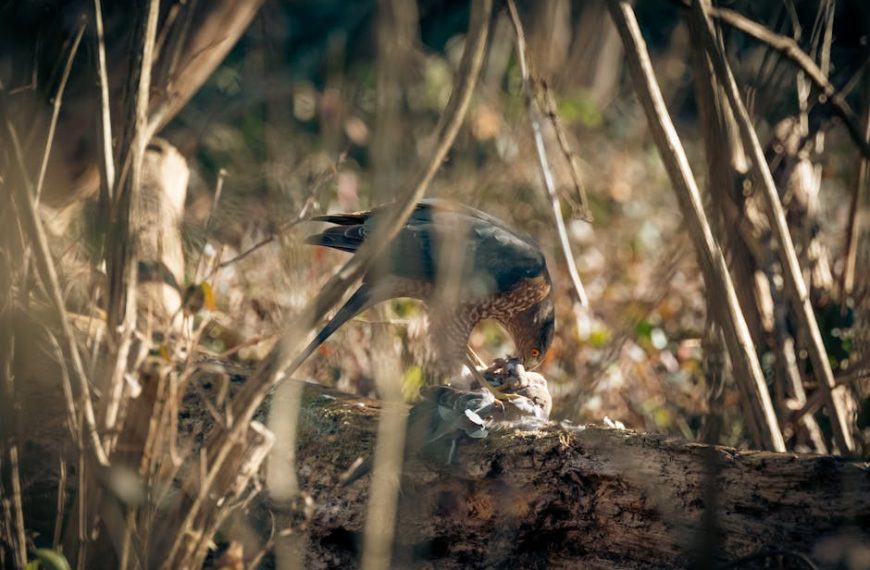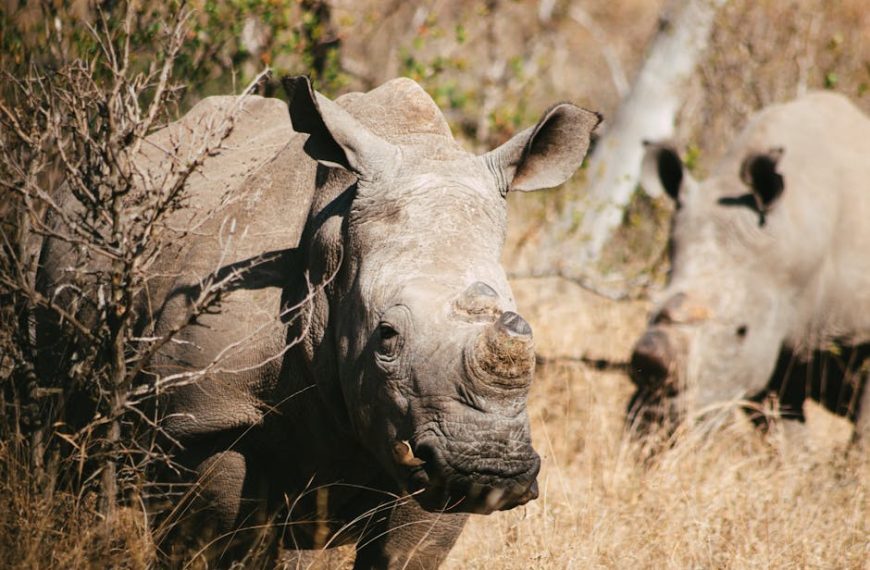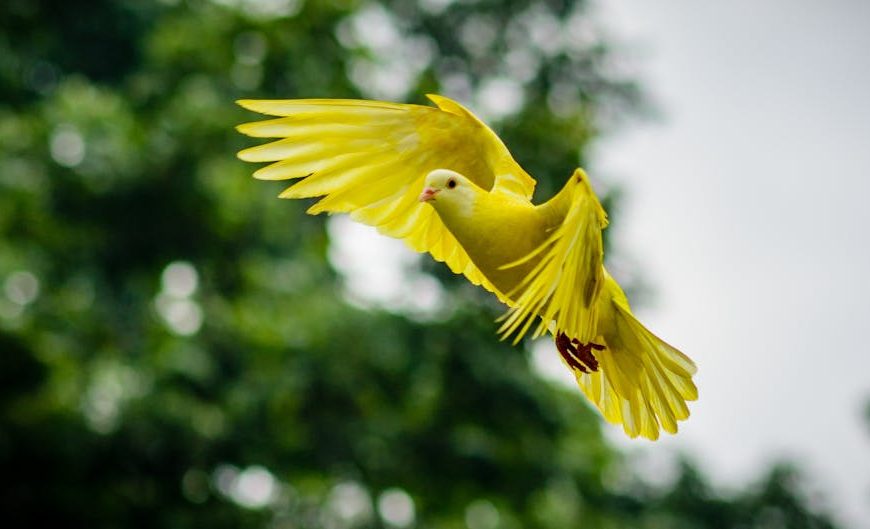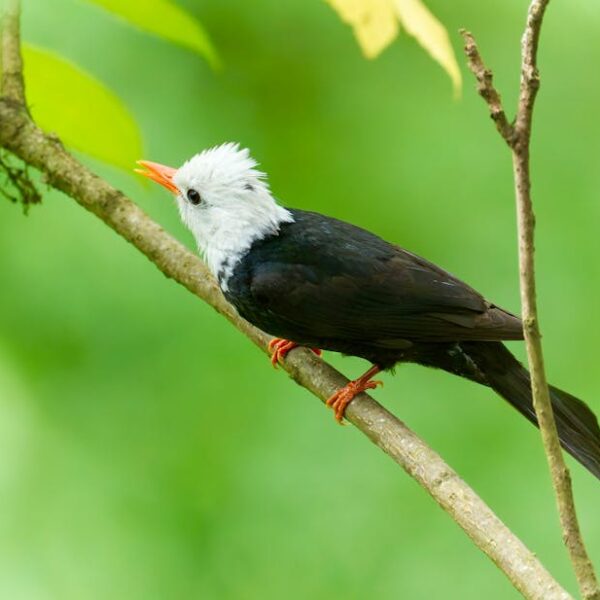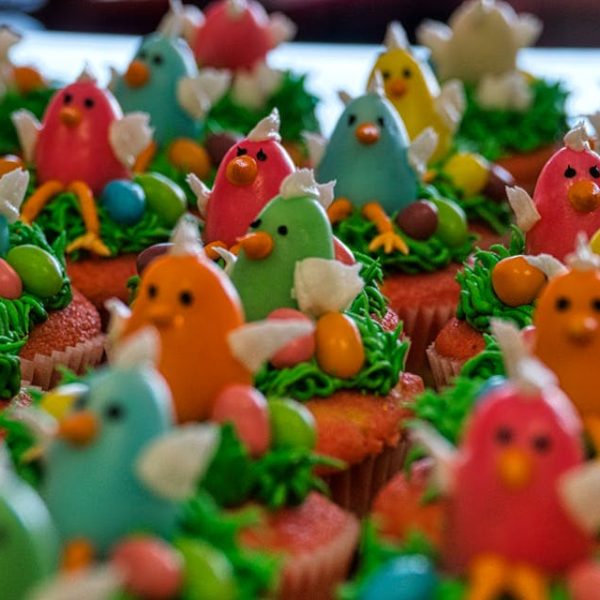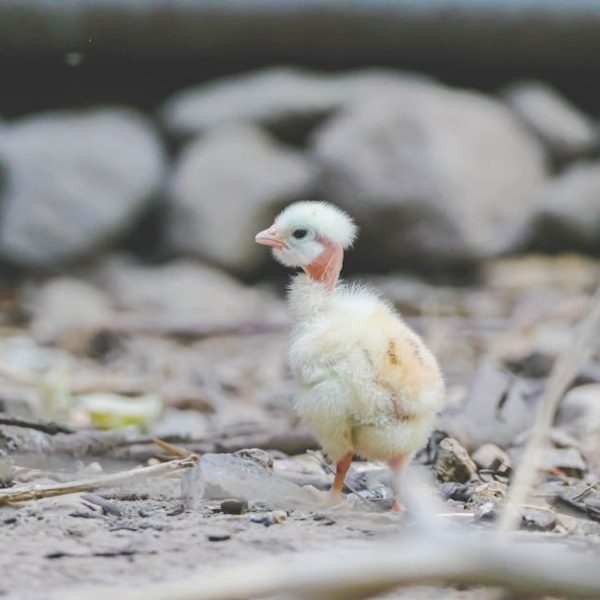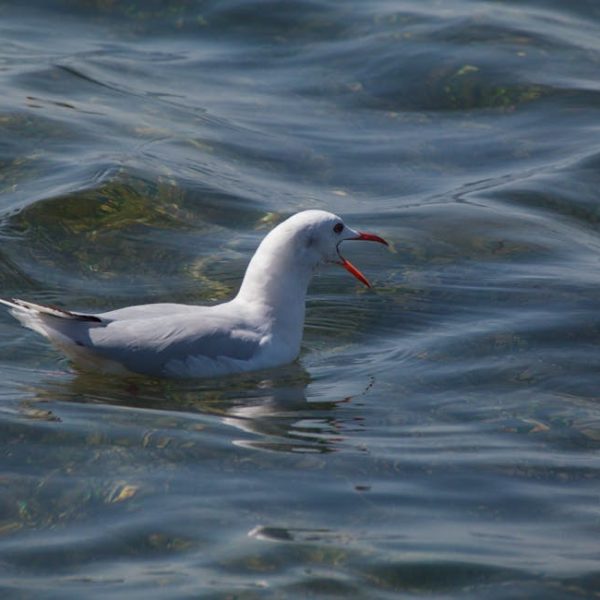The delicate creatures we see gracing the skies, teetering on the treetops, or hopping on our lawns daily – birds – command a high degree of admiration with their resilience and ingenuity. Just like humans and other animal species, they need water to survive. Not merely for drinking purposes, but water also plays a crucial role in maintaining their body temperature, promoting digestion, helping blood flow, and in maintaining the lushness and cleanliness of their plumage. Bird enthusiasts and pet owners might have noticed how birds often bathe or play in water. This is because water helps keep their feathers in good condition, which is vital for their flight and insulation.
Birds, being the ingenious creatures they are, have a wide range of sources from which they get their water. Major sources include bodies of fresh water such as rivers, streams, lakes, and ponds. During the warmer months, these sources are often abundant and easy to access. Rocky pools filled with rainwater, morning dew, and even moisture-laden fruits and insects provide enough hydration for our feathered friends.
Ensuring to keep these natural water sources clean is crucial. Avoid excess algal growth, refrain from contaminating the water with detergents or cleaning chemicals, and disposing of trash properly should be practiced. Moreover, if you live near such a water source, try not to disturb the birds when they are drinking or bathing, especially during their breeding season.
Our avian friends also have an uncanny ability to extract water from the most unexpected sources – like dew on foliage and raindrops on leaves. They glean moisture by rubbing against the wet leaves or by shaking dew-laden branches, allowing them to drink the falling drops. This is particularly common in arid regions where larger bodies of water are rare.
Checklist: Facilitating bird hydration during the rainy season
- Keep the surroundings of your house clean and free of pollutants that could mix with rainwater.
- Trim your plants and trees regularly so that rainwater collects on the leaves, but doesn’t flood the bird’s nests.
- If you have birdbaths or similar man-made water sources, clean them regularly to prevent them from becoming breeding grounds for mosquitoes.
Next to natural water sources, birds also strategically use man-made water sources to quench their thirst and bathe. Birdbaths, sprinkler systems, fountains, even a dripping air conditioner unit can serve as satisfactory water sources for them. However, the variability of such sources, their cleanliness, and safety of access can significantly affect the health and behavior of urban and suburban bird populations. Moreover, some birds are known to drink from swimming pools, drainage ditches or even pets’ water bowls – evidence of their adaptability in environments heavily influenced by human activities. Bird species living in urban areas are more likely to depend on these sources because of the scarcity of natural sources.
| Natural Water Sources | Man-made Water Sources |
|---|---|
|
|
Man-made Water Sources vs. Natural Water Sources: The Impact on Birds
Man-made water sources, while providing relief for some birds in urban and suburban areas, do not always stack up to the benefits of natural sources. They are often more polluted and do not offer the same quality of hydration. Birds that primarily depend on these sources may face health problems or behavioral changes due to the poor water quality.
Different bird species also have varied strategies when it comes to finding water. While some birds like ducks and geese are water-dependent and flock to lakes and ponds, others like sparrows and finches are more adaptable and can extract water from their food. Observing the water sourcing habits of different bird species can not only be fascinating for bird-watchers but also serve as an indicator of the environmental health of your area.
In conclusion, water is a vital resource for birds just as it is for all life on Earth. From sipping dew on leaves to making use of our water installations, birds interact with their environment in exciting ways that are worth understanding and respecting. It also serves as a revealing perspective on how our actions – from pollution to climate change – can impact these feathered creatures and their habitat. Let’s strive to be more conscious of our water usage and ensure we help maintain a balanced ecosystem for these adaptable little survivalists.
Key Takeaway:
- Birds require water for essential functions like hydration, maintaining body temperature, digestion, blood flow, and feather upkeep.
- Natural water sources such as lakes, ponds, rivers, and rain serve as the primary water sources for birds. Other ingenious sources include dew, raindrops on leaves, and moisture-laden fruits and insects.
- Birdbaths, sprinklers, and fountains constitute significant man-made water sources for birds, particularly in urban areas with minimal natural water sources.
- Hydration habits can vary among different bird species, providing various insights into their behavior and adaptation strategies.
- Man-made water sources, although convenient, can often be polluted, posing potential health risks for birds.
Helping birds access clean, clear water is an easily-achieved and truly valuable way to support and conserve the bird population, especially those in urban settings. Remember, every little action goes a long way in preserving nature’s balance.
FAQs
Q: How important is fresh water for birds?
A: Fresh water is vital for birds not just for hydration but also for maintaining their body temperature, aiding digestion, promoting blood flow, and cleaning their plumage.
Q: Can I use any basin as a birdbath for birds in my backyard?
A: Yes, any shallow basin can suffice as a birdbath. Remember to keep it clean and replenish the water regularly to avoid it becoming a breeding ground for pathogens.
Q: Do all bird species source water the same way?
A: No, different bird species have unique ways to source water. For instance, ducks and geese resort to lakes and ponds, whereas sparrows and finches can derive necessary water from their food.
Q: Are man-made water sources harmful to birds?
A: While not inherently harmful, man-made water sources can sometimes be polluted or contaminated with chemicals which might pose health risks to birds.
Q: What’s the best way to help birds get water in an urban setting?
A: Installing birdbaths and maintaining clean, safe water sources in your backyard or balcony can be very helpful for birds in urban settings.
Feel free to explore more on this topic and share this article among your social circles. A little awareness goes a long way in contributing toward bird conservation efforts.
